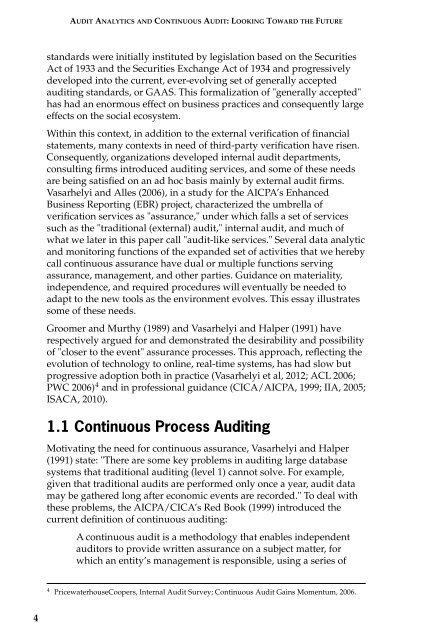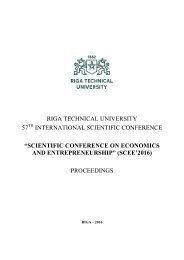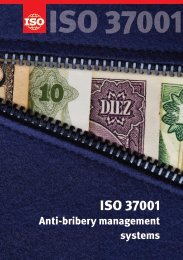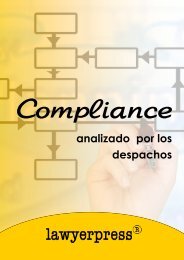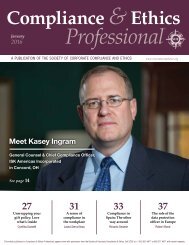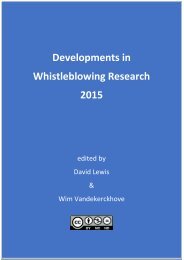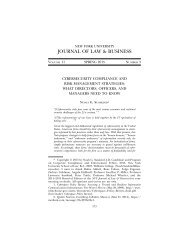AUDIT ANALYTICS AUDIT
x8YaD9
x8YaD9
- No tags were found...
Create successful ePaper yourself
Turn your PDF publications into a flip-book with our unique Google optimized e-Paper software.
<strong>AUDIT</strong> <strong>ANALYTICS</strong> AND CONTINUOUS <strong>AUDIT</strong>:LOOKING TOWARD THE FUTURE<br />
standards were initially instituted by legislation based on the Securities<br />
Act of 1933 and the Securities Exchange Act of 1934 and progressively<br />
developed into the current, ever-evolving set of generally accepted<br />
auditing standards, or GAAS. This formalization of "generally accepted"<br />
has had an enormous effect on business practices and consequently large<br />
effects on the social ecosystem.<br />
Within this context, in addition to the external verification of financial<br />
statements, many contexts in need of third-party verification have risen.<br />
Consequently, organizations developed internal audit departments,<br />
consulting firms introduced auditing services, and some of these needs<br />
are being satisfied on an ad hoc basis mainly by external audit firms.<br />
Vasarhelyi and Alles (2006), in a study for the AICPA’s Enhanced<br />
Business Reporting (EBR) project, characterized the umbrella of<br />
verification services as "assurance," under which falls a set of services<br />
such as the "traditional (external) audit," internal audit, and much of<br />
what we later in this paper call "audit-like services." Several data analytic<br />
and monitoring functions of the expanded set of activities that we hereby<br />
call continuous assurance have dual or multiple functions serving<br />
assurance, management, and other parties. Guidance on materiality,<br />
independence, and required procedures will eventually be needed to<br />
adapt to the new tools as the environment evolves. This essay illustrates<br />
some of these needs.<br />
Groomer and Murthy (1989) and Vasarhelyi and Halper (1991) have<br />
respectively argued for and demonstrated the desirability and possibility<br />
of "closer to the event" assurance processes. This approach, reflecting the<br />
evolution of technology to online, real-time systems, has had slow but<br />
progressive adoption both in practice (Vasarhelyi et al, 2012; ACL 2006;<br />
PWC 2006) 4 and in professional guidance (CICA/AICPA, 1999; IIA, 2005;<br />
ISACA, 2010).<br />
1.1 Continuous Process Auditing<br />
Motivating the need for continuous assurance, Vasarhelyi and Halper<br />
(1991) state: "There are some key problems in auditing large database<br />
systems that traditional auditing (level 1) cannot solve. For example,<br />
given that traditional audits are performed only once a year, audit data<br />
may be gathered long after economic events are recorded." To deal with<br />
these problems, the AICPA/CICA’s Red Book (1999) introduced the<br />
current definition of continuous auditing:<br />
A continuous audit is a methodology that enables independent<br />
auditors to provide written assurance on a subject matter, for<br />
which an entity’s management is responsible, using a series of<br />
4 PricewaterhouseCoopers, Internal Audit Survey; Continuous Audit Gains Momentum, 2006.<br />
4


